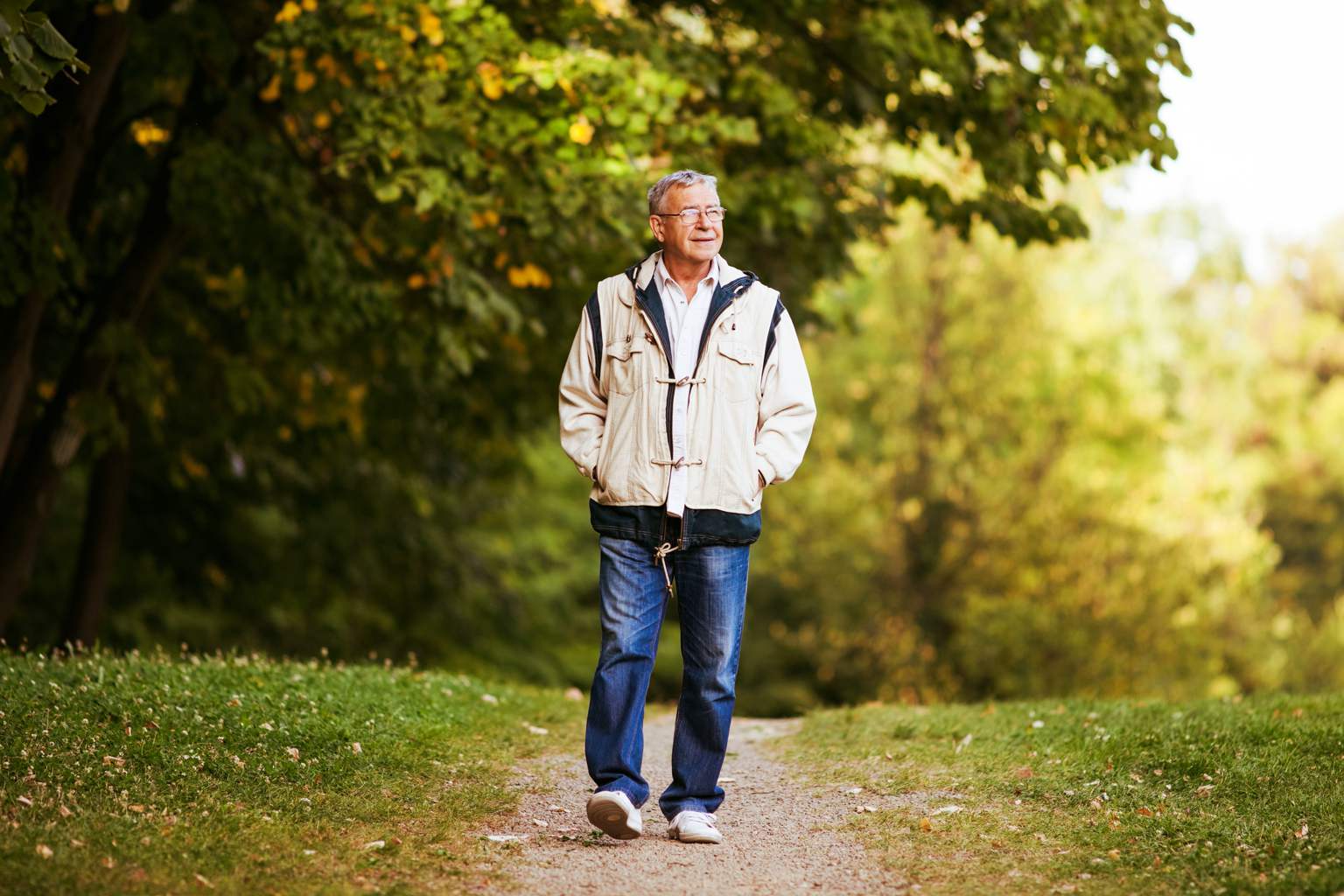Walking has long been a trusted exercise to maintain fitness during our golden years, but what if simply reversing your direction could unlock even greater health benefits? According to National Geographic, walking backward offers a surprising boost for seniors over 60, helping build strength, improve balance, and even sharpen mental clarity in ways that forward walking cannot match.
This simple switch in movement is more than just a quirky fitness trend—it’s a science-backed way to engage underused muscle groups and stimulate the brain. If you’ve ever wondered how to add a fresh challenge to your routine with minimal risk, walking backward might be exactly what you need.
How walking backward builds strength and balance for seniors
Walking backward is proven to target muscles that forward walking often neglects, focusing on the hips, glutes, and thighs. As these areas tend to weaken with age, strengthening them can directly improve overall mobility and help reduce joint strain during daily activities.
Janet Dufek, a kinesiology researcher, highlights that walking backward can enhance flexibility in the lower back and alleviate pain by gently engaging the hamstrings and quadriceps. For seniors living with arthritis or knee discomfort, this form of exercise often reduces pressure on the joints while building stabilizing muscles that provide more support.
Beyond just physical strength, walking backward challenges your brain in a unique way. Harvard psychiatrist Ashwini Nadkarni explains that reversing your usual walking pattern demands heightened spatial awareness and coordination. This boosts cognitive function and improves memory through increased brain activity in areas responsible for movement and balance.
If you’ve ever worried about falling—a real risk for many seniors—walking backward is especially useful. It trains your body to react to unpredictable situations by enhancing proprioception, which is your innate sense of body position. Research confirms that this improved balance and stability can lead to quicker reactions and more confident footing, critical factors in fall prevention.
Calorie burning and cardiovascular benefits of walking backward
Another surprising advantage is how walking backward can give your metabolism a lift. The American College of Sports Medicine found that at the same pace, walking backward burns approximately 40% more calories per minute than walking forward.
This extra calorie burn happens because your body exerts more effort to maintain balance and coordinate stepping backward, leading to a more intense workout without increasing speed or impact. For seniors looking to manage their weight or improve heart health, this method offers a LOW-impact, energy-efficient addition to their fitness regimen.
Tips and safety advice for seniors starting backward walking
If you’re intrigued by the idea of integrating backward walking into your routine, starting slowly and safely is key. A good way to begin is on a treadmill where you can hold onto handrails and control the speed at a comfortable, slow pace. If you prefer the outdoors, find a flat, open space without obstacles and consider having a friend nearby for safety.
Start with short sessions of around five minutes. Gradually increase the duration as your balance and confidence improve. Wearing supportive shoes with strong grip and proper cushioning will help prevent slips and provide comfort.
Always listen to your body—if you feel dizzy, strained, or uncomfortable, stop immediately. Consulting your doctor before you begin is wise, especially if you have existing joint issues or chronic health conditions. While some critics note that continuing research is necessary, experts like Janet Dufek underscore the practical value of backward walking for seniors who want a low-risk, highly effective way to stay active.
I remember the first time I tried walking backward outside with a friend spotting me. At first, the unfamiliar movement caught me off guard—my brain scrambled to process steps, and my muscles felt awkward working in new ways. But after a few sessions, I noticed my hips felt stronger, I walked taller, and, surprisingly, I was thinking clearer during the day.
Have you ever tried walking backward for exercise? What benefits or challenges did you notice? Share your experiences or questions below. If you found this insight helpful, please consider sharing it with friends and family who might enjoy a fresh way to boost their health. Let’s get the conversation rolling!
